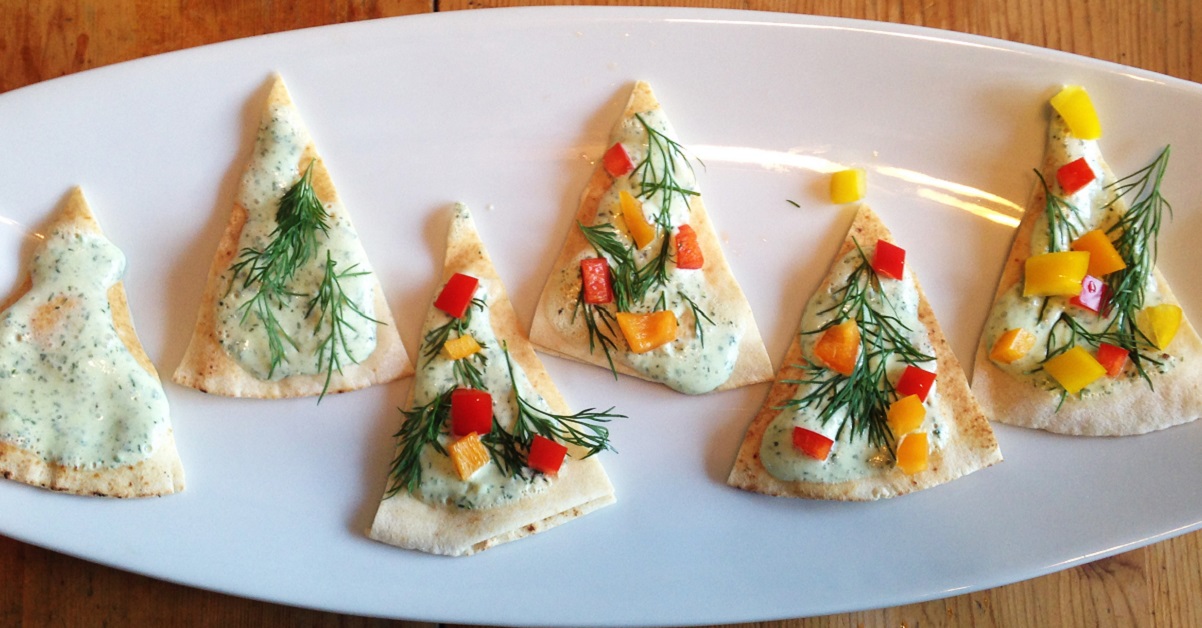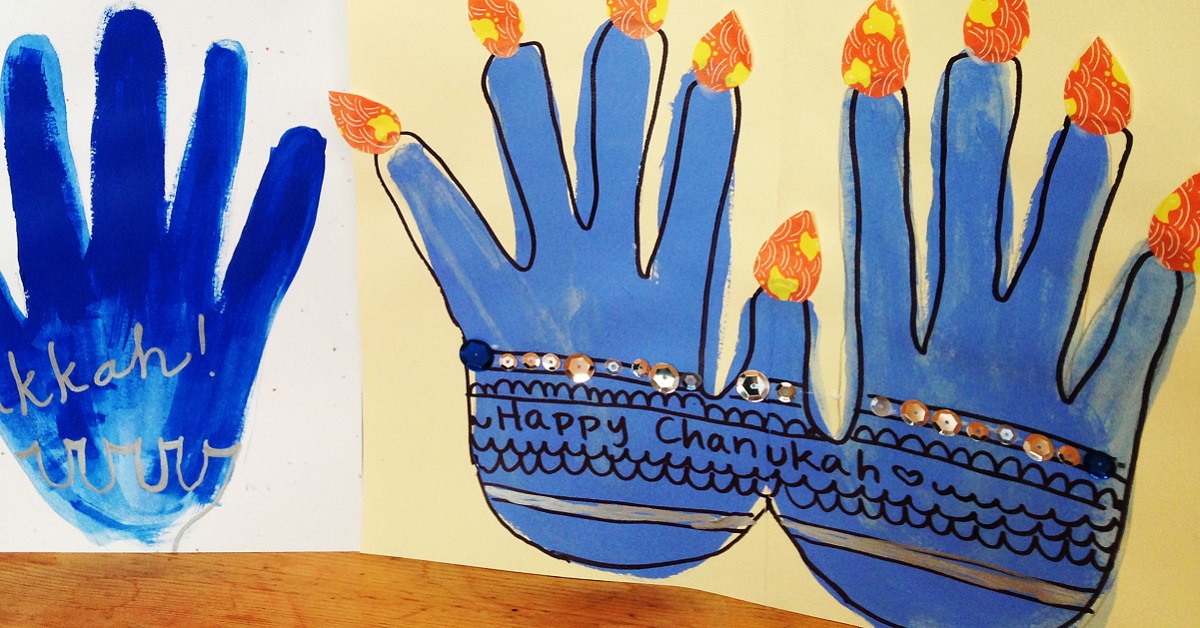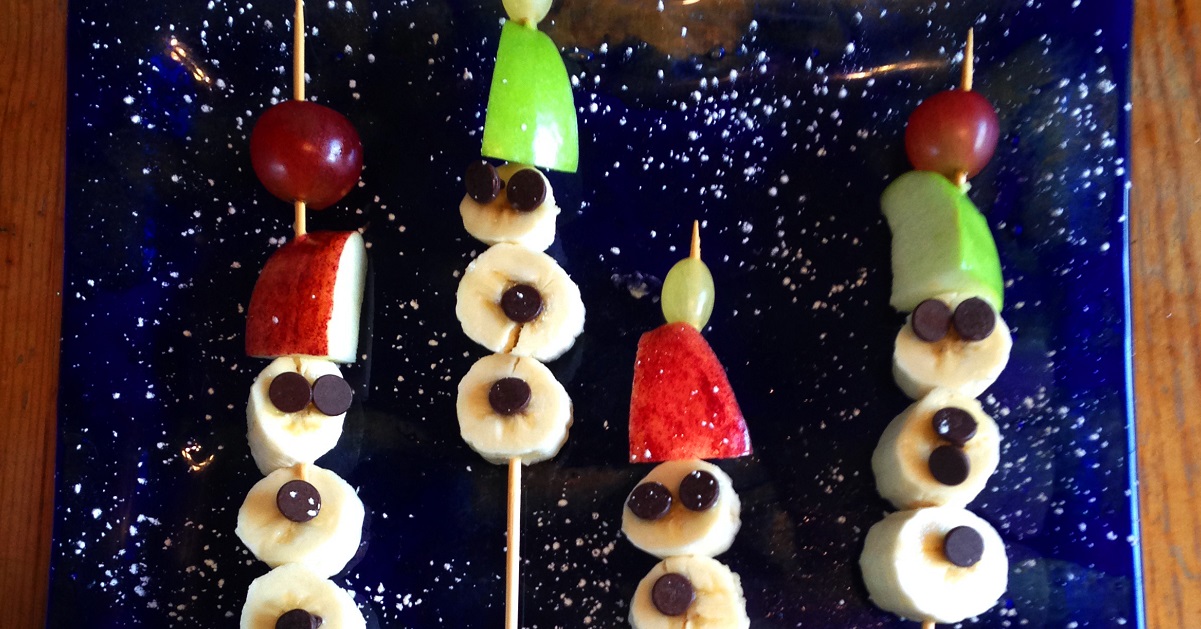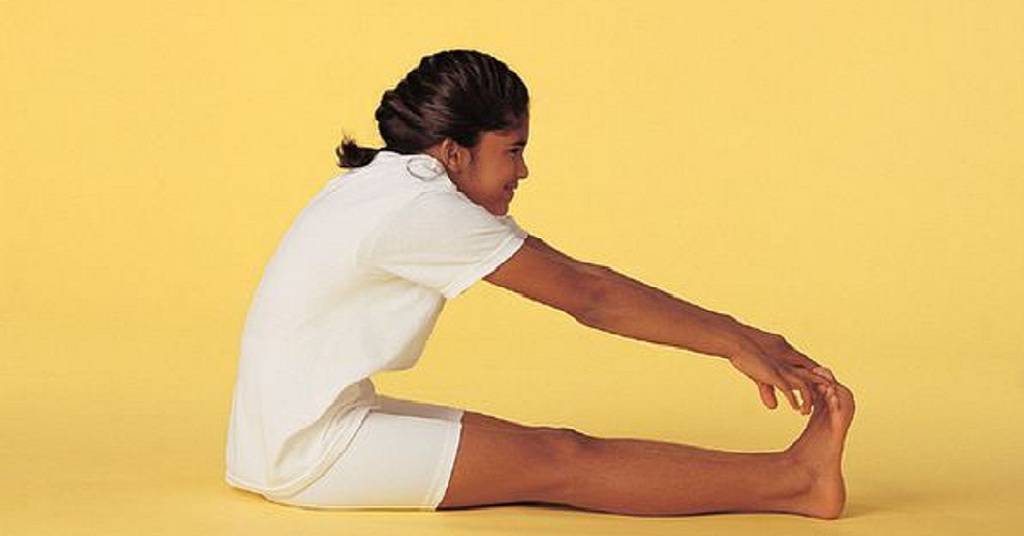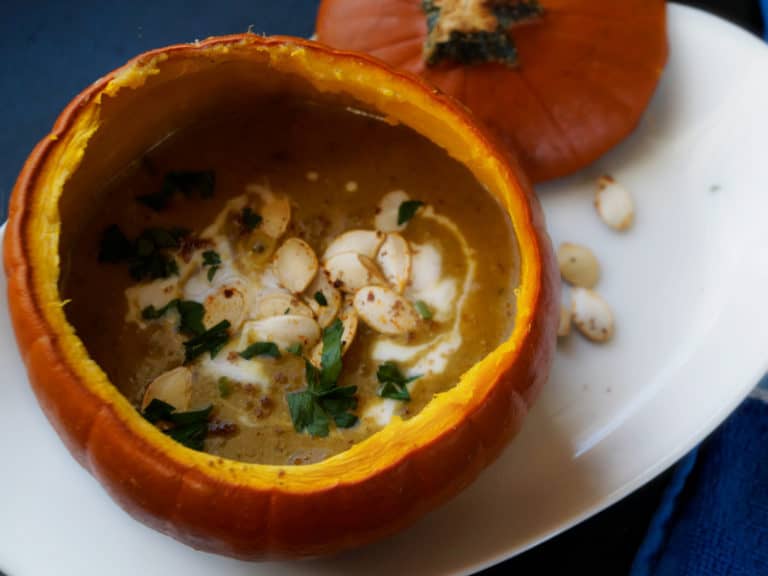The Winter Solstice is a time of renewal. Bring in new light, joy and peace. Enjoy this FREE YogaKids Lesson Plan that will help your kids celebrate this special time of year!
MATERIALS
Suggested Music: Reach for the Sun (YogaKids Musical Musings) Celebration (Kool & The Gang), So I Jump in the Soup (Laurie Berkner), Namasté (YogaKids Musical Musings)
CONNECTING CIRCLE
Sit in a circle and share the following information:
The winter solstice is the longest night of the year and falls on December 21 or 22 in the Northern Hemisphere and June 20 or 21 in the Southern Hemisphere. People all over the world recognize this day as the “return” of the sun in a variety of ways. Some traditions actually influenced current holidays such as Christmas and Hanukkah.
Go around the circle, share something you love to do in the winter time and act it out in your very own yoga pose or movement.
POSES AS PATHWAYS
Take 5 – Let’s begin by connecting with our breath.
Sit cross-legged. Lift one finger at a time as you breathe in through your nose and count in your mind: 1,2,3,4,5. Pause with your hand up and then slowly breathe out through your nose as you count backward: 5,4,3,2,1, putting down one finger at a time for each number. Do “Take 5” twice more.
Reach for the Sun – Let’s celebrate the return of the sun after the longest night of the year.
Begin in Open Mountain pose. Breathe in and reach up high with an outstretched hand. Grab a piece of sunshine and pull the power into your solar plexus, your belly, your inner sun. Exhale with an audible “HAH” breath. Repeat with the other arm. Alternately reach with the left and right arms, pulling your hands into your center. As you practice, increase the force of your breath. Repeat a few more times (or play the YogaKids song “Reach for the sun” while you act it out).
Freeze and Flow – We can celebrate the winter solstice with a game.
Put on some fun music (ie Celebration), dance around the room and celebrate the Winter Solstice. When the music stops, freeze in a pose pretending to do something you love to do in the winter time. (Remember your ideas from our connecting circle). When the music starts again, continue to celebrate and dance.
*Soyal is a winter solstice celebration of the Hopi Indians of northern Arizona. Ceremonies and rituals include dancing and gift giving. At the time of the solstice, The Hopi welcome protective spirits from the mountains.
Volcano – Let’s do Volcano pose and allow those spirits to release from the mountains.
Begin in Mountain pose. Bring your fingertips together at the chest. Jump your feet apart. Place your palms together at the center of your body in Namaste Position. Watch your hands as you raise them over your head. Breathe out as you explode your arms outward. Lower them to your sides and return your hands to Namaste. Erupt and release again and again.
Bold Warrior 1/ Brave Warrior 2 – Let’s be like the brave Hopi Indian Warriors.
Begin in Mountain pose. Step back with one leg while bending your front leg. Keep your hips facing frontward as you raise your arms straight above your head. Say “I am bold”. From Bold Warrior, turn your back foot slightly outward and brings your arms down parallel to the floor. Keep your front knee bent over your ankle. Say “I am brave.” Return to Mountain pose and repeat on the other leg.
*Yalda is a festival in Iran that started in ancient times. It is a celebration of the victory of light over dark and the birth of the sun goddess Mithra. Yalda is a Syric word that means “birth”. Families would stay awake all night long to welcome the morning sun and celebrate with special food like nuts, watermelon and pomegranates. It is believed that by eating summer fruits at the begin of winter, one would not fall ill during the cold season.
Seed to Tree – Time to plant our favorite summer fruit and grow it for the Yalda festival. Fruit grows on trees, so let’s plant a seed and become our favorite fruit tree. Which fruit would you like to grow?
Come down to your knees, pretend to dig a small hole in the earth. Plant a small seed and cover it up. Pretend you are the seed. From Child’s pose, begin to sprout leaves, allow your hands to grow away from the body and grow, lifting onto your knees and extending the arms up high. Grow taller and taller into Tree pose, standing on one leg with the opposite foot planted on your calf or thigh. Raise your arms above your head and stretch them out. Repeat on the other leg – and grow a new fruit tree.
Table of Contents – Now that we grew our favorite fruits, it is time to eat them at our winter celebration. We will make a table with our bodies for the yummy feast.
Lie on your back. Bend your knees and place your feet on the floor. Press down with your hands and feet, lifting your body up until you are in table position. Be sure to keep your hands underneath your shoulders, fingers pointing towards your body.
*Dong Zhi, means “winter arrival” and is an important festival in China. It is a time for family to get together and celebrate the year they had. It is thought to have started as an end of the harvest festival, with workers returning from the fields and enjoying the fruits of their labors with family and traditionally eat a sweet soup made of rice balls.
Plough – Farmers use ploughs to break up the soil and prepare it for planting. We can pretend to be ploughs too.
Sit cross-legged. Take a hold of your toes from the outer side of your knees. Breathe in and out. Roll backwards, let go of your toes while bending your elbows. Use your hands to support and lift your back. Straighten your legs and lift them past your head until your bent toes touch the floor. Squeeze your shoulders and elbows together. Breathe in and out.
Soup Bowl (Row Your Boat) – We can make our bodies into the shape of a soup bowl.
Begin in L-sitting pose and place both hands next to your hips. Lengthen your arms and spine. Lean back and lift your legs off the floor. Balance. Stretch your arms forward, bend your elbows and round your arms like the sides of a soup bowl. (play the song “I jump in the soup” by Laurie Berkner, follow the lyrics and add arm movements to represent swimming, galloping and splashing in the soup).”’
Sunrise/Sunset – The day is done and our celebrations around the world have come to a close. It is time for the sun to set on our Winter Solstice.
Come down to your knees and sit your hips back to your heels for a Child’s Pose. Let’s walk our hands to the right, since the sun rises in the East. Inhale your arms up the sky as you come up onto your knees, reaching North. Exhale as the sun sets to the West, releasing your hands down to the left and returning your hips to your heels. Each time we lift up is like the Sunrise, and come down like the Sunset. Repeat a few more times as we prepare our bodies for rest.
QUIET QUESTS
While facing each other or sitting in a circle or small group, place a candle in the middle of the circle representing new light. Eyes may be closed, or open and focused on the candle flame. Breathe slowly. Hands may be placed on your belly or in your lap. Take a few moments to just be with yourself, your breath and your thoughts.
Envision your family and friends – forgive anyone you are not getting along with, and allow any negative thoughts to stay in the darkness. Time to focus on the light and the light in others.
Give thanks to these people – give them a gift of quality (peace, joy, love). Take a moment to think of each person and and send them their special gift.
CLOSING CIRCLE
Namasté – Bringing the hands to heart center, say Namasté to each other, acknowledging the light within each of us. Namasté

